Zhendong Su
API-guided Dataset Synthesis to Finetune Large Code Models
Aug 15, 2024
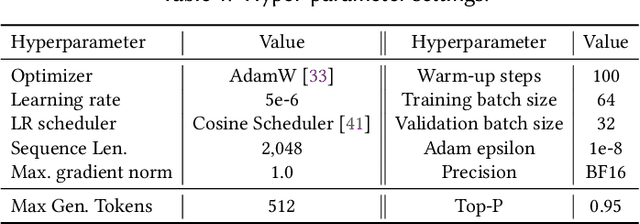

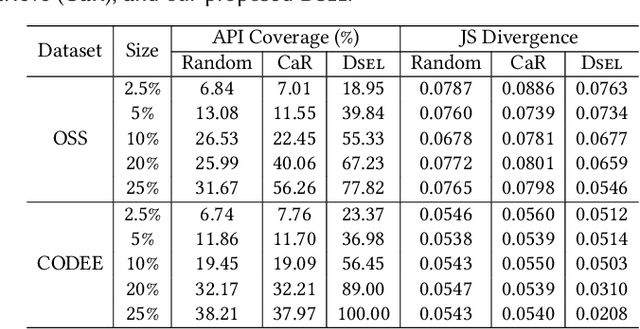
Abstract:Large code models (LCMs), pre-trained on vast code corpora, have demonstrated remarkable performance across a wide array of code-related tasks. Supervised fine-tuning (SFT) plays a vital role in aligning these models with specific requirements and enhancing their performance in particular domains. However, synthesizing high-quality SFT datasets poses a significant challenge due to the uneven quality of datasets and the scarcity of domain-specific datasets. Inspired by APIs as high-level abstractions of code that encapsulate rich semantic information in a concise structure, we propose DataScope, an API-guided dataset synthesis framework designed to enhance the SFT process for LCMs in both general and domain-specific scenarios. DataScope comprises two main components: Dsel and Dgen. On one hand, Dsel employs API coverage as a core metric, enabling efficient dataset synthesis in general scenarios by selecting subsets of existing (uneven-quality) datasets with higher API coverage. On the other hand, Dgen recasts domain dataset synthesis as a process of using API-specified high-level functionality and deliberately-constituted code skeletons to synthesize concrete code. Extensive experiments demonstrate DataScope's effectiveness, with models fine-tuned on its synthesized datasets outperforming those tuned on unoptimized datasets five times larger. Furthermore, a series of analyses on model internals, relevant hyperparameters, and case studies provide additional evidence for the efficacy of our proposed methods. These findings underscore the significance of dataset quality in SFT and advance the field of LCMs by providing an efficient, cost-effective framework for constructing high-quality datasets. This contribution enhances performance across both general and domain-specific scenarios, paving the way for more powerful and tailored LCMs.
Practical Non-Intrusive GUI Exploration Testing with Visual-based Robotic Arms
Dec 17, 2023Abstract:GUI testing is significant in the SE community. Most existing frameworks are intrusive and only support some specific platforms. With the development of distinct scenarios, diverse embedded systems or customized operating systems on different devices do not support existing intrusive GUI testing frameworks. Some approaches adopt robotic arms to replace the interface invoking of mobile apps under test and use computer vision technologies to identify GUI elements. However, some challenges are unsolved. First, existing approaches assume that GUI screens are fixed so that they cannot be adapted to diverse systems with different screen conditions. Second, existing approaches use XY-plane robotic arms, which cannot flexibly simulate testing operations. Third, existing approaches ignore compatibility bugs and only focus on crash bugs. A more practical approach is required for the non-intrusive scenario. We propose a practical non-intrusive GUI testing framework with visual robotic arms. RoboTest integrates novel GUI screen and widget detection algorithms, adaptive to detecting screens of different sizes and then to extracting GUI widgets from the detected screens. Then, a set of testing operations is applied with a 4-DOF robotic arm, which effectively and flexibly simulates human testing operations. During app exploration, RoboTest integrates the Principle of Proximity-guided exploration strategy, choosing close widgets of the previous targets to reduce robotic arm movement overhead and improve exploration efficiency. RoboTest can effectively detect some compatibility bugs beyond crash bugs with a GUI comparison on different devices of the same test operations. We evaluate RoboTest with 20 mobile apps, with a case study on an embedded system. The results show that RoboTest can effectively, efficiently, and generally explore AUTs to find bugs and reduce exploration time overhead.
Precise and Generalized Robustness Certification for Neural Networks
Jun 11, 2023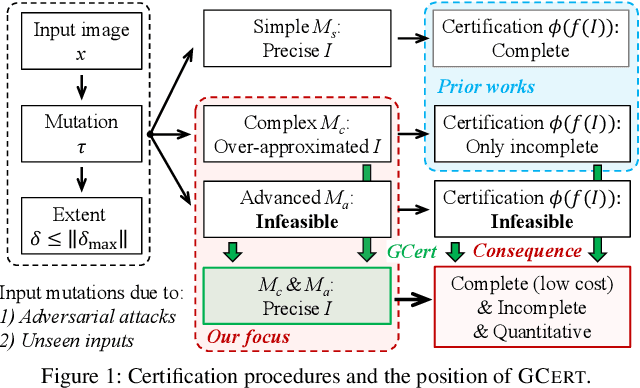

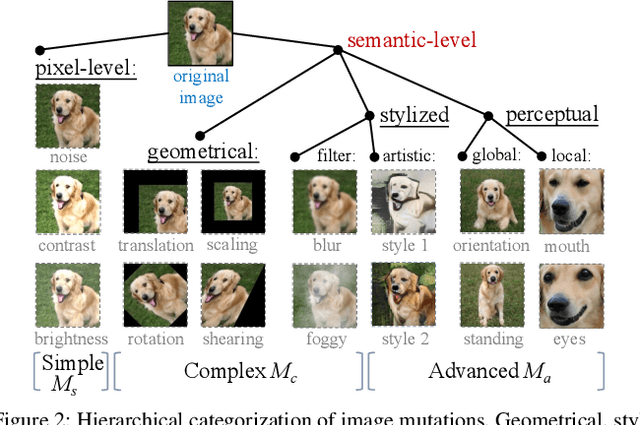
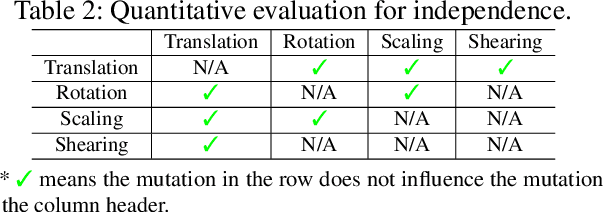
Abstract:The objective of neural network (NN) robustness certification is to determine if a NN changes its predictions when mutations are made to its inputs. While most certification research studies pixel-level or a few geometrical-level and blurring operations over images, this paper proposes a novel framework, GCERT, which certifies NN robustness under a precise and unified form of diverse semantic-level image mutations. We formulate a comprehensive set of semantic-level image mutations uniformly as certain directions in the latent space of generative models. We identify two key properties, independence and continuity, that convert the latent space into a precise and analysis-friendly input space representation for certification. GCERT can be smoothly integrated with de facto complete, incomplete, or quantitative certification frameworks. With its precise input space representation, GCERT enables for the first time complete NN robustness certification with moderate cost under diverse semantic-level input mutations, such as weather-filter, style transfer, and perceptual changes (e.g., opening/closing eyes). We show that GCERT enables certifying NN robustness under various common and security-sensitive scenarios like autonomous driving.
ShapeFlow: Dynamic Shape Interpreter for TensorFlow
Nov 26, 2020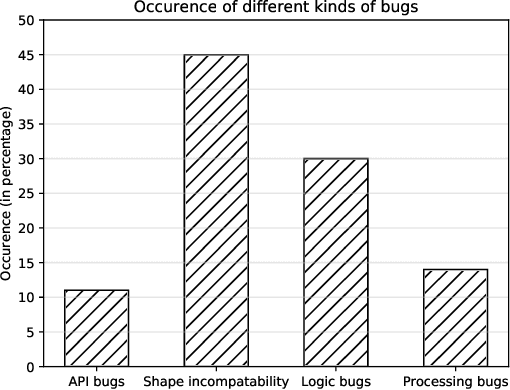


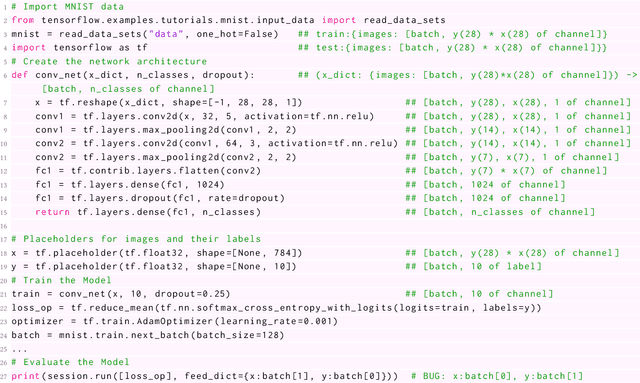
Abstract:We present ShapeFlow, a dynamic abstract interpreter for TensorFlow which quickly catches tensor shape incompatibility errors, one of the most common bugs in deep learning code. ShapeFlow shares the same APIs as TensorFlow but only captures and emits tensor shapes, its abstract domain. ShapeFlow constructs a custom shape computational graph, similar to the computational graph used by TensorFlow. ShapeFlow requires no code annotation or code modification by the programmer, and therefore is convenient to use. We evaluate ShapeFlow on 52 programs collected by prior empirical studies to show how fast and accurately it can catch shape incompatibility errors compared to TensorFlow. We use two baselines: a worst-case training dataset size and a more realistic dataset size. ShapeFlow detects shape incompatibility errors highly accurately -- with no false positives and a single false negative -- and highly efficiently -- with an average speed-up of 499X and 24X for the first and second baseline, respectively. We believe ShapeFlow is a practical tool that benefits machine learning developers. We will open-source ShapeFlow on GitHub to make it publicly available to both the developer and research communities.
Testing Machine Translation via Referential Transparency
Apr 22, 2020

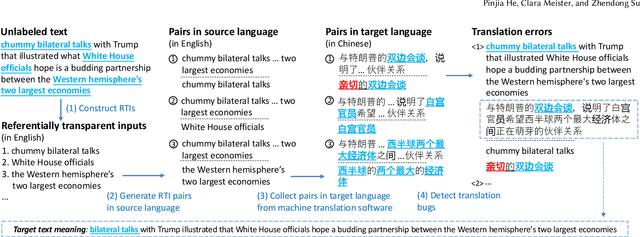

Abstract:Machine translation software has seen rapid progress in recent years due to the advancement of deep neural networks. People routinely use machine translation software in their daily lives, such as ordering food in a foreign restaurant, receiving medical diagnosis and treatment from foreign doctors, and reading international political news online. However, due to the complexity and intractability of the underlying neural networks, modern machine translation software is still far from robust. To address this problem, we introduce referentially transparent inputs (RTIs), a simple, widely applicable methodology for validating machine translation software. A referentially transparent input is a piece of text that should have invariant translation when used in different contexts. Our practical implementation, Purity, detects when this invariance property is broken by a translation. To evaluate RTI, we use Purity to test Google Translate and Bing Microsoft Translator with 200 unlabeled sentences, which led to 123 and 142 erroneous translations with high precision (79.3\% and 78.3\%). The translation errors are diverse, including under-translation, over-translation, word/phrase mistranslation, incorrect modification, and unclear logic. These translation errors could lead to misunderstanding, financial loss, threats to personal safety and health, and political conflicts.
Metamorphic Testing for Object Detection Systems
Dec 19, 2019
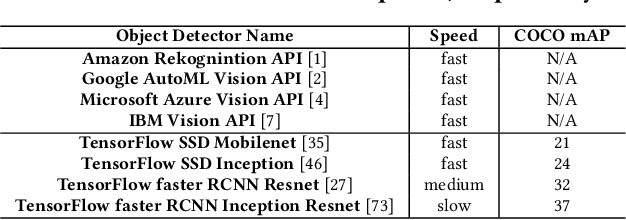
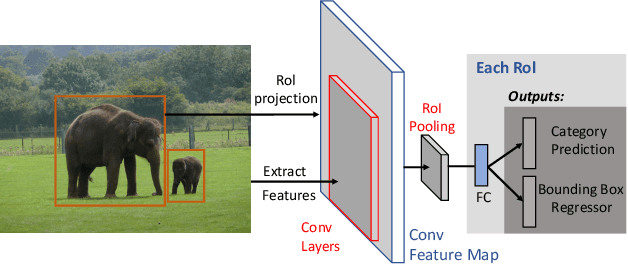

Abstract:Recent advances in deep neural networks (DNNs) have led to object detectors that can rapidly process pictures or videos, and recognize the objects that they contain. Despite the promising progress by industrial manufacturers such as Amazon and Google in commercializing deep learning-based object detection as a standard computer vision service, object detection systems - similar to traditional software - may still produce incorrect results. These errors, in turn, can lead to severe negative outcomes for the users of these object detection systems. For instance, an autonomous driving system that fails to detect pedestrians can cause accidents or even fatalities. However, principled, systematic methods for testing object detection systems do not yet exist, despite their importance. To fill this critical gap, we introduce the design and realization of MetaOD, the first metamorphic testing system for object detectors to effectively reveal erroneous detection results by commercial object detectors. To this end, we (1) synthesize natural-looking images by inserting extra object instances into background images, and (2) design metamorphic conditions asserting the equivalence of object detection results between the original and synthetic images after excluding the prediction results on the inserted objects. MetaOD is designed as a streamlined workflow that performs object extraction, selection, and insertion. Evaluated on four commercial object detection services and four pretrained models provided by the TensorFlow API, MetaOD found tens of thousands of detection defects in these object detectors. To further demonstrate the practical usage of MetaOD, we use the synthetic images that cause erroneous detection results to retrain the model. Our results show that the model performance is increased significantly, from an mAP score of 9.3 to an mAP score of 10.5.
Structure-Invariant Testing for Machine Translation
Aug 24, 2019

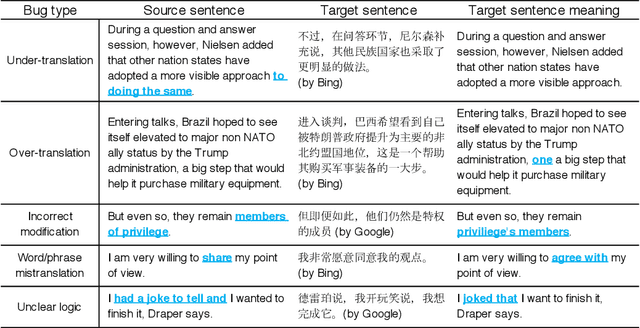
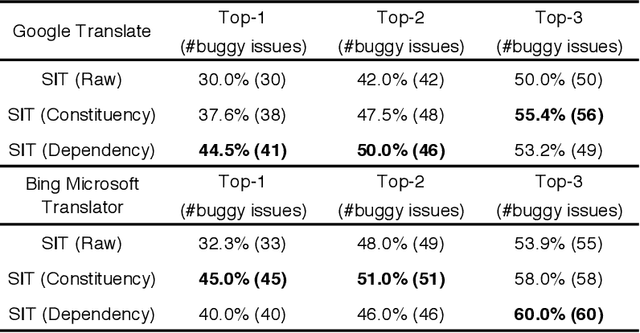
Abstract:In recent years, machine translation software has increasingly been integrated into our daily lives. People routinely use machine translation for various applications, such as describing symptoms to a foreign doctor and reading political news in a foreign language. However, due to the complexity and intractability of neural machine translation (NMT) models that power modern machine translation systems, these systems are far from being robust. They can return inferior results that lead to misunderstanding, medical misdiagnoses, or threats to personal safety. Despite its apparent importance, validating the robustness of machine translation is very difficult and has, therefore, been much under-explored. To tackle this challenge, we introduce structure-invariant testing (SIT), a novel, widely applicable metamorphic testing methodology for validating machine translation software. Our key insight is that the translation results of similar source sentences should typically exhibit a similar sentence structure. SIT is designed to leverage this insight to test any machine translation system with unlabeled sentences; it specifically targets mistranslations that are difficult-to-find using state-of-the-art translation quality metrics such as BLEU. We have realized a practical implementation of SIT by (1) substituting one word in a given sentence with semantically similar, syntactically equivalent words to generate similar sentences, and (2) using syntax parse trees (obtained via constituency/dependency parsing) to represent sentence structure. To evaluate SIT, we have used it to test Google Translate and Bing Microsoft Translator with 200 unlabeled sentences as input, which led to 56 and 61 buggy translations with 60% and 61% top-1 accuracy, respectively. The bugs are diverse, including under-translation, over-translation, incorrect modification, word/phrase mistranslation, and unclear logic.
Learning Blended, Precise Semantic Program Embeddings
Jul 11, 2019
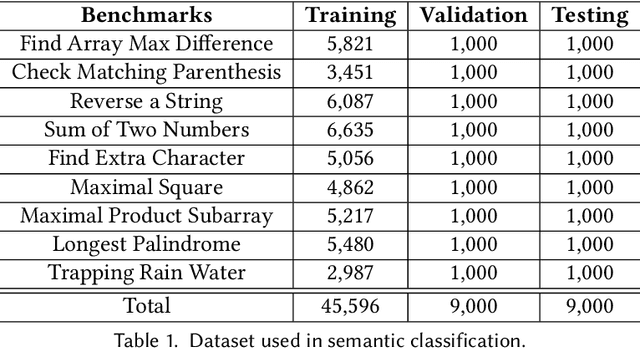
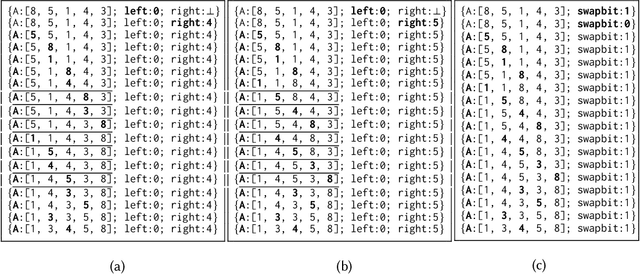

Abstract:Learning neural program embeddings is key to utilizing deep neural networks in program languages research --- precise and efficient program representations enable the application of deep models to a wide range of program analysis tasks. Existing approaches predominately learn to embed programs from their source code, and, as a result, they do not capture deep, precise program semantics. On the other hand, models learned from runtime information critically depend on the quality of program executions, thus leading to trained models with highly variant quality. This paper tackles these inherent weaknesses of prior approaches by introducing a new deep neural network, \liger, which learns program representations from a mixture of symbolic and concrete execution traces. We have evaluated \liger on \coset, a recently proposed benchmark suite for evaluating neural program embeddings. Results show \liger (1) is significantly more accurate than the state-of-the-art syntax-based models Gated Graph Neural Network and code2vec in classifying program semantics, and (2) requires on average 10x fewer executions covering 74\% fewer paths than the state-of-the-art dynamic model \dypro. Furthermore, we extend \liger to predict the name for a method from its body's vector representation. Learning on the same set of functions (more than 170K in total), \liger significantly outperforms code2seq, the previous state-of-the-art for method name prediction.
Dynamic Neural Program Embedding for Program Repair
Jun 30, 2018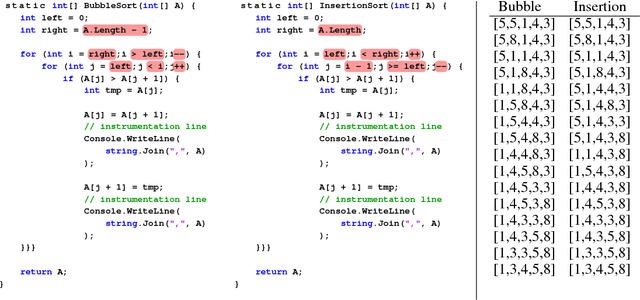
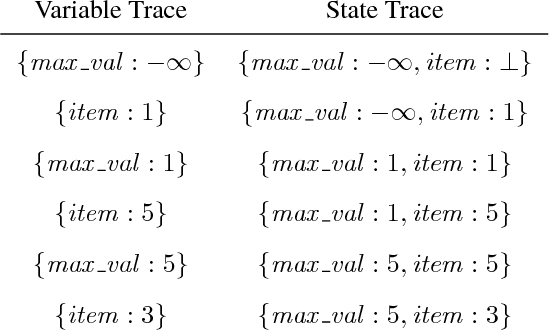

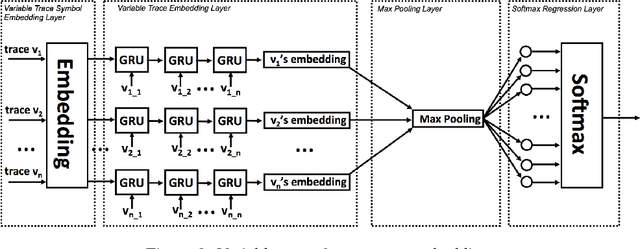
Abstract:Neural program embeddings have shown much promise recently for a variety of program analysis tasks, including program synthesis, program repair, fault localization, etc. However, most existing program embeddings are based on syntactic features of programs, such as raw token sequences or abstract syntax trees. Unlike images and text, a program has an unambiguous semantic meaning that can be difficult to capture by only considering its syntax (i.e. syntactically similar pro- grams can exhibit vastly different run-time behavior), which makes syntax-based program embeddings fundamentally limited. This paper proposes a novel semantic program embedding that is learned from program execution traces. Our key insight is that program states expressed as sequential tuples of live variable values not only captures program semantics more precisely, but also offer a more natural fit for Recurrent Neural Networks to model. We evaluate different syntactic and semantic program embeddings on predicting the types of errors that students make in their submissions to an introductory programming class and two exercises on the CodeHunt education platform. Evaluation results show that our new semantic program embedding significantly outperforms the syntactic program embeddings based on token sequences and abstract syntax trees. In addition, we augment a search-based program repair system with the predictions obtained from our se- mantic embedding, and show that search efficiency is also significantly improved.
Interactive, Intelligent Tutoring for Auxiliary Constructions in Geometry Proofs
Nov 20, 2017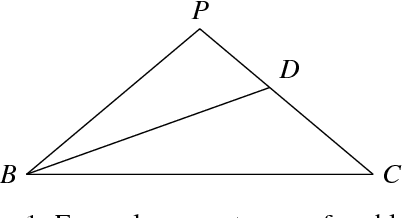
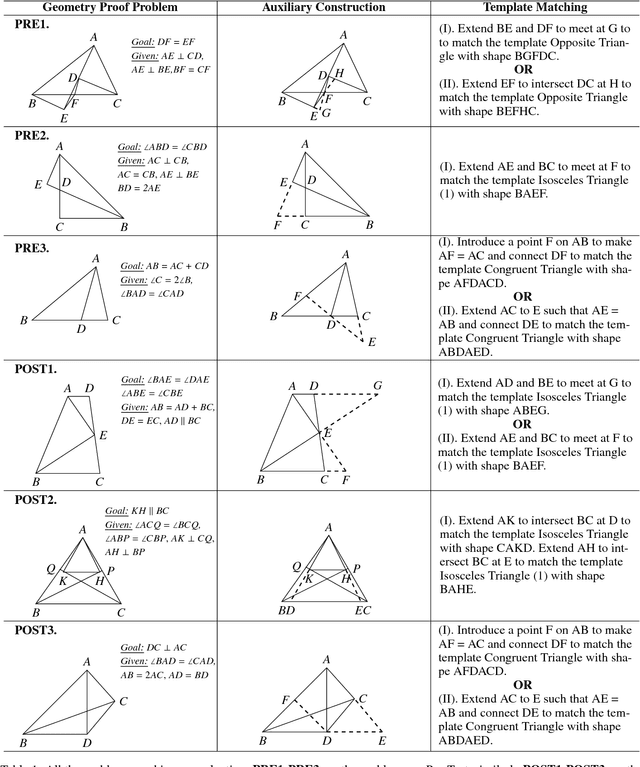
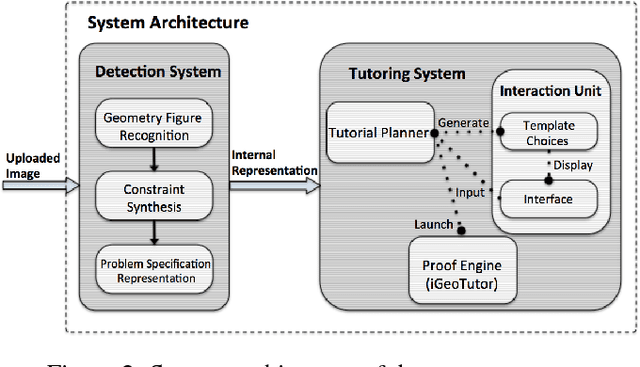
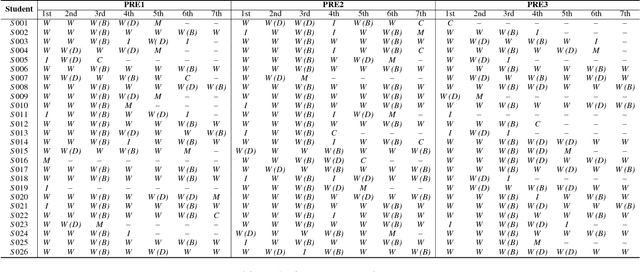
Abstract:Geometry theorem proving forms a major and challenging component in the K-12 mathematics curriculum. A particular difficult task is to add auxiliary constructions (i.e, additional lines or points) to aid proof discovery. Although there exist many intelligent tutoring systems proposed for geometry proofs, few teach students how to find auxiliary constructions. And the few exceptions are all limited by their underlying reasoning processes for supporting auxiliary constructions. This paper tackles these weaknesses of prior systems by introducing an interactive geometry tutor, the Advanced Geometry Proof Tutor (AGPT). It leverages a recent automated geometry prover to provide combined benefits that any geometry theorem prover or intelligent tutoring system alone cannot accomplish. In particular, AGPT not only can automatically process images of geometry problems directly, but also can interactively train and guide students toward discovering auxiliary constructions on their own. We have evaluated AGPT via a pilot study with 78 high school students. The study results show that, on training students how to find auxiliary constructions, there is no significant perceived difference between AGPT and human tutors, and AGPT is significantly more effective than the state-of-the-art geometry solver that produces human-readable proofs.
 Add to Chrome
Add to Chrome Add to Firefox
Add to Firefox Add to Edge
Add to Edge